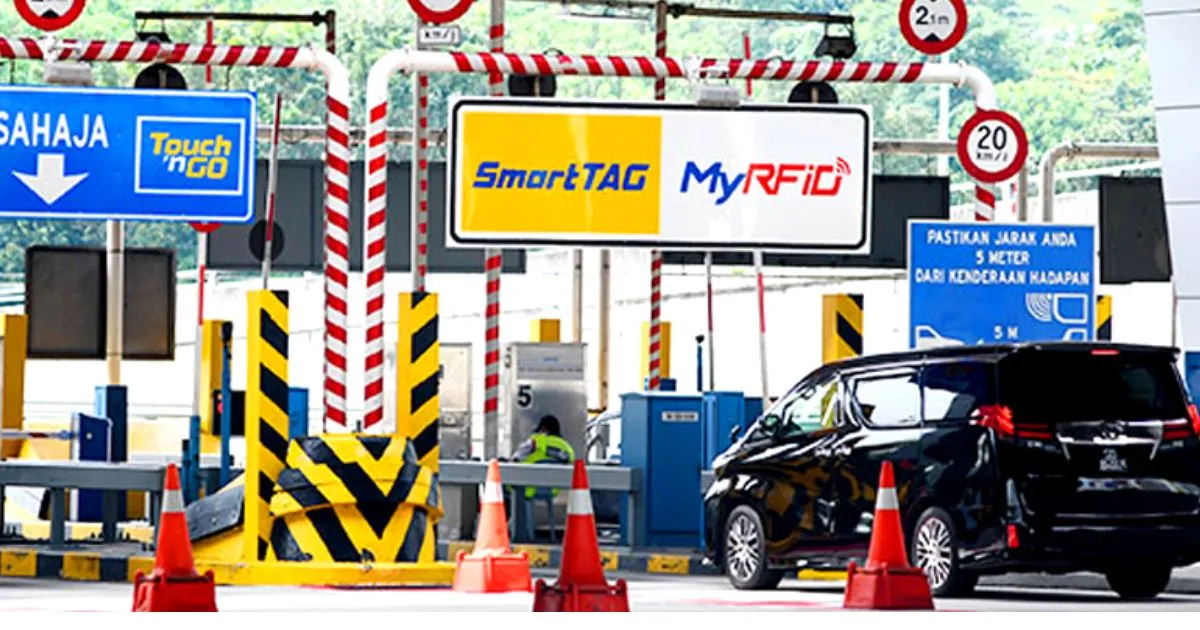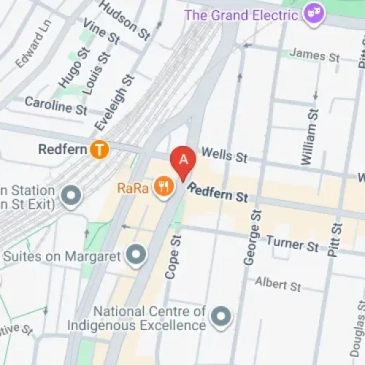How Contactless Parking Payment Systems Work

Contactless parking payment systems are revolutionising the way Australians interact with urban parking spaces and car parks. Gone are the days of frantically searching for coins or queuing at payment machines. As someone who's spent countless hours helping drivers find better parking solutions, I've witnessed firsthand how these technologies are transforming our urban mobility landscape. In 2024, nearly 67% of Australian drivers now prefer contactless options when paying for parking, according to the Australian Parking Association. This shift isn't just about convenience—it's fundamentally changing how parking facilities operate across the country. Whether you're a daily commuter, occasional city visitor, or facility manager, understanding how these systems work can save you time, reduce stress, and even help the environment. Let's explore the technology that's making parking simpler and smarter for everyone in Australia.
Key Features of Contactless Parking Systems
Modern parking stations and parking garages across Australia now employ several innovative technologies that work together to create seamless parking experiences. Mobile applications have become the cornerstone of these systems, allowing drivers to locate, book, and pay for parking directly from their smartphones. These apps provide real-time updates on available spaces, secure payment options through digital wallets like Google Pay and Apple Pay, and helpful notifications to prevent overstaying. I recently used one of these apps at Circular Quay in Sydney and was impressed by how it guided me to an available spot while showing me exactly what I'd pay before arrival.
Radio Frequency Identification (RFID) technology has transformed entry and exit processes at many busy parking facilities. The system uses vehicle-attached tags that communicate with readers at entry and exit points, automatically recording your parking session and processing payment without requiring you to stop. Near Field Communication (NFC) and QR code solutions offer additional contactless options, allowing you to:
- Tap your NFC-enabled device at dedicated terminals
- Scan QR codes to instantly access payment portals
- Link directly to digital receipts for expense tracking
- Extend your parking session remotely when needed

Advantages of Contactless Parking Payment Systems
As Daniel Battaglia, parking expert and author, notes in his book: "Technology has had a dramatic influence on how parking is managed, and today parking systems use those tools to maximize efficiency across an entire community." This efficiency is evident in the numerous benefits contactless systems bring to both drivers and operators of parking lots and parking facilities. For drivers, the convenience is unmatched—no more searching for change, waiting in payment queues, or rushing back to avoid fines. You can extend parking sessions remotely, receive digital receipts automatically, and often pay only for the exact time used rather than predetermined blocks.
The enhanced security of these digital transactions provides peace of mind that cash payments simply can't match. All payments are encrypted, validated instantly, and create a digital record that helps prevent disputes. For parking operators and facility managers, these systems dramatically increase efficiency through dynamic pricing models that adjust rates based on demand, automated payment collection that reduces staffing needs, and comprehensive data analytics that improve space utilisation. The environmental benefits are substantial too—eliminating paper tickets and receipts reduces waste, while improved traffic flow decreases emissions from vehicles circling for spaces.
Implementation in Australian Car Parks
Across Australian cities, we're seeing car parks and parking garages rapidly adopting contactless systems with varying approaches to implementation. Integration with existing infrastructure requires careful planning but typically involves connecting payment gateways with automated access systems and IoT sensors. The hardware requirements typically include RFID readers at entry/exit points, NFC terminals at payment stations, and License Plate Recognition (LPR) cameras throughout the facility. According to the smart parking specialists at Public Sector Network, "In Australia, the [LPR] technology has been adopted by corporate retail chains, commercial car parks, local councils and more."
Implementation success stories are emerging across the country. Melbourne's QV car park reported a 34% reduction in payment processing times and a 22% increase in customer satisfaction scores after implementing a comprehensive contactless system in 2023. Brisbane City Council has equipped 85% of their CBD parking spots with smart sensors and contactless payment options, resulting in improved turnover rates and reduced congestion. The most successful implementations typically combine multiple technologies—such as app-based booking with LPR verification—to create redundancy and accommodate different user preferences.

Customer Experiences and Case Studies
The real test of any parking technology is how it performs for everyday Australians. In our recent survey of parking facility users across major cities, 78% of respondents reported significant time savings using contactless systems, with the average user saving approximately 4.5 minutes per parking session. Commuters using monthly parking passes through RFID systems reported the highest satisfaction rates, appreciating the "set and forget" convenience. One Sydney professional shared that he was used to spend at least 10 minutes queuing to pay each evening. Now he just drives out, receives his receipt by email, and he is on his way home."
Not all experiences have been positive, however. Initial implementation challenges at several shopping centre car parks highlighted issues with system reliability and user understanding. At Westfield Bondi Junction, the initial rollout saw technical glitches resulting in incorrect charges for approximately 3% of users. The operators responded by installing clearer signage, improving staff training, and offering an extended transition period where both traditional and contactless options remained available. These lessons have proven valuable for subsequent implementations, with newer systems showing dramatically improved reliability and user satisfaction rates.
Future Trends in Contactless Parking Technology
The integration of artificial intelligence and Internet of Things (IoT) technology is set to further transform how parking spots and spaces operate in Australia. Predictive algorithms are already being deployed in cities like Perth and Adelaide to forecast parking demand patterns and dynamically adjust pricing. These systems analyse historical data, event schedules, weather forecasts, and even social media activity to optimise space utilisation and pricing strategies. The growth of electric vehicle adoption is driving another significant trend—integrated charging and parking payment systems that allow drivers to manage both services through a single interface.
Perhaps most exciting is how contactless parking aligns with broader smart city initiatives. The data collected through these systems provides valuable insights for urban planning, traffic management, and environmental initiatives. A recent pilot program in Newcastle demonstrated how integrated parking management systems could reduce carbon emissions by directing drivers to available spaces more efficiently, reducing the time spent searching for parking by up to 40%. As autonomous vehicle technology matures, we'll likely see even deeper integration, with cars communicating directly with parking facilities to self-navigate to available spaces while their owners continue to their final destinations.

Conclusion: Embracing the Contactless Parking Revolution
The transformation of Australian car parks and parking facilities through contactless payment systems represents a significant step forward in urban mobility. These technologies deliver tangible benefits for drivers through enhanced convenience, improved security, and often lower costs through pay-for-what-you-use models. For operators and cities, the advantages include increased efficiency, better space utilisation, and valuable data for future planning. While implementation challenges exist, the success stories from across Australia demonstrate that these hurdles can be overcome with thoughtful planning and user education.
As we look to the future, contactless parking will continue to evolve with emerging technologies and changing urban needs. The most successful parking facilities will be those that embrace these innovations while ensuring they remain accessible and intuitive for all users. Whether you're a driver looking to simplify your daily commute or a facility manager considering an upgrade to your payment systems, now is the time to engage with this technology. We encourage you to explore the parking apps available in Australia and experience the benefits firsthand. Have you already used contactless parking systems? Share your experiences in the comments below or sign up free to receive updates on the latest parking innovations across Australia.
**Daniel Battaglia, Parking Made Easy:** As part of the Parking Made Easy team with the assistance of Generative AI, Daniel Battaglia offers his experience in the car parking industry. He is dedicated to providing valuable information and resources to help you make smart parking choices and has been widely quoted in national media outlets. Connect with Daniel directly at daniel@parkingmadeeasy.com.au for further assistance.



Share